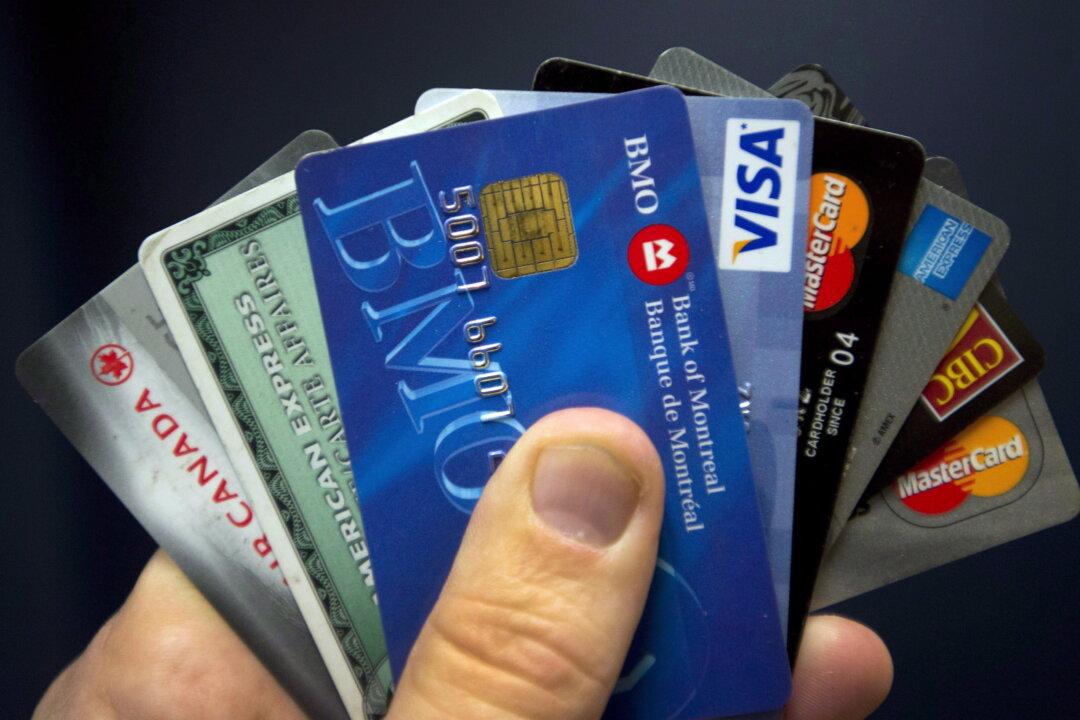The total losses from fraud against individuals have soared to $16 billion in five years, according to the latest data from Statistics Canada (StatsCan).
“In 2019, one in six (17 percent) people reported that they had been a victim of fraud in the previous five years. The median loss due to fraud was $600. About one-quarter (24 percent) of victims lost $1,000, while 3 percent lost at least $10,000,” said StatsCan in a July 24 news release.





